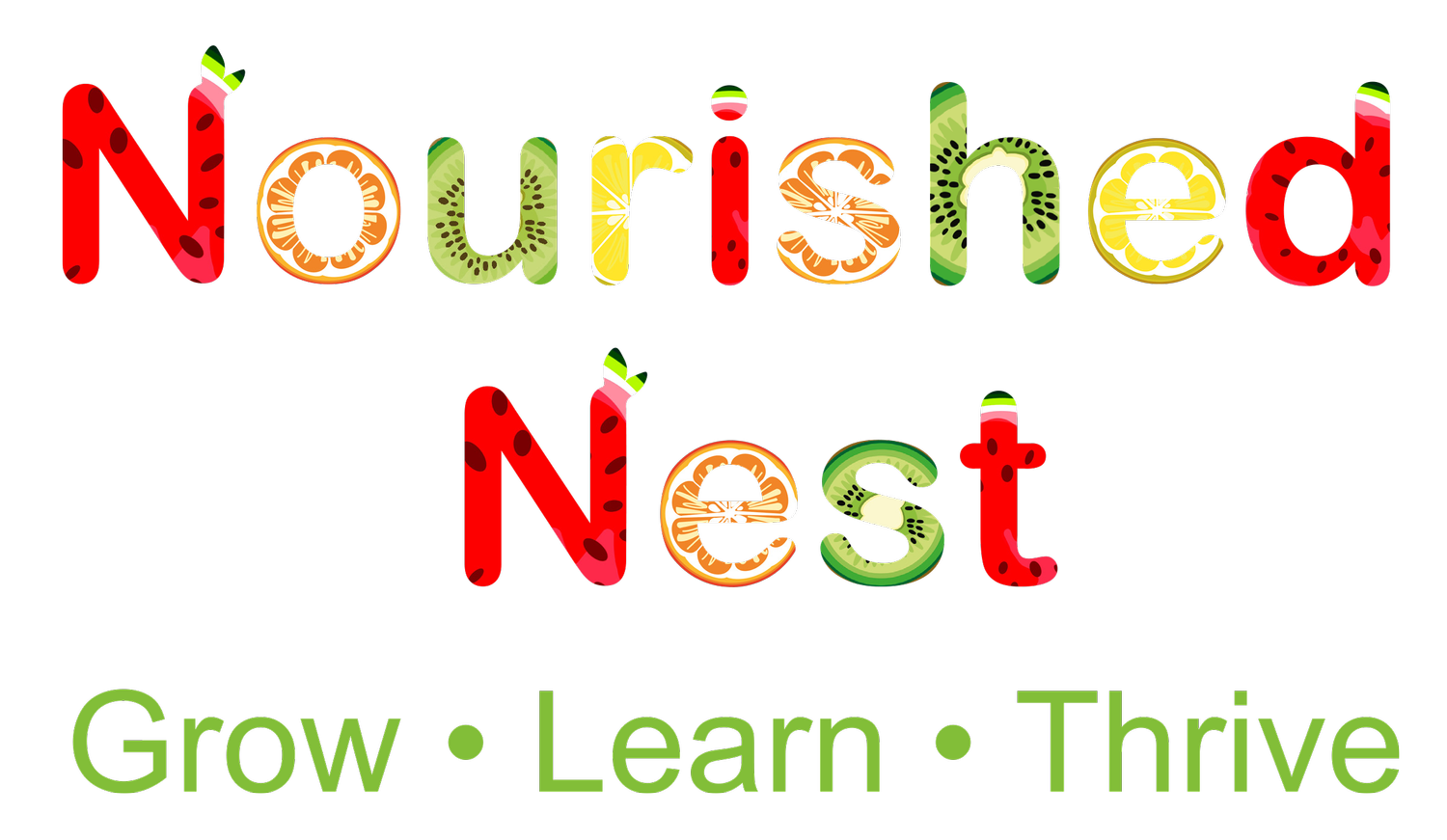Develop Your Child’s Taste Buds into Future Veggie-Loving Foodies
For some parents reading this blog, your anxiety might hit the roof. I was that parent! Please don't panic. I am passionate about sharing simple strategies that worked for me and my clients so your child will eventually love their veggies.
Why Eating the Rainbow is Important for Children?
Eating a variety of colourful fruits and vegetables, often referred to as "eating the rainbow," is essential for our children at any age. Here’s why:
Comprehensive Nutrition: Ensures your child gets a complete range of nutrients.
Growth and Development: Provides the necessary vitamins, antioxidants, fibre, and minerals for proper growth.
Energy: Fuels your child's body and keeps them active.
Disease Prevention: Protects against diseases later in life.
Brain Development: Supports cognitive functions and brain health.
Immune System: Builds and strengthens the immune system.
Digestion: Aids in digestion, helping their bodies absorb vital nutrients.
Mood and Behavior: A healthy gut microbiome, supported by diverse veggies, can improve mood and behaviour.
During Pregnancy & Postnatal Recovery
Eating the rainbow is crucial during pregnancy and postnatal recovery for several reasons:
Fetal Development: Folate from green leafy vegetables is critical in preventing neural tube defects.
Immune Support: Vitamins A, C, and E from various colourful foods support the baby's immune system.
Healthy Digestion: High-fiber foods help reduce constipation during pregnancy.
Complication Prevention: A varied diet packed with minerals like iron and magnesium helps reduce the risk of gestational diabetes, preeclampsia, and anaemia.
Postnatal Recovery: Replenishes nutrient stores depleted during pregnancy and supports breastfeeding.
Establishing a habit of eating a wide variety of plant foods sets a positive example for future dietary patterns, benefiting both mum and baby.
Introducing Solids: Vegetable-Led Weaning
One of the biggest challenges some parents face is getting babies to eat a variety of vegetables. Their little faces turn to the side, lips tightly squeezed together. But vegetables are crucial for their growth, development, and overall health.
Vegetable-Led Weaning
New research suggests starting with vegetables when introducing solids. Prioritise savoury, bitter, and only some sweet veggies to encourage acceptance and exposure to these flavours early on.
Savory First: Start with less sweet veggies like broccoli, cauliflower, and spinach.
Developing Tastes: Introducing these flavours helps babies develop a liking for a variety of vegetables early on.
Although this doesn’t guarantee protection from picky eating, research shows that babies given a variety of vegetables early might eat more veggies as they grow. I explain more in my Introducing Solids Workshop.
Early Years and Upwards
If your child keeps rejecting vegetables, please keep trying calmly. They might reject one day but enjoy the next. A plate with different colored fruits and vegetables in the middle of the table may help. Let them see you eating the rainbow, and they might eventually mimic you.
Tips for Picky Eaters
Stay Calm: Persistence without pressure is key.
Lead by Example: Eat a variety of veggies yourself.
Hide Vegetables: If needed, but be cautious they don’t reject their favorite meals.
Don't panic if you think you've missed the window of opportunity. It is never too late to encourage your child to be a veggie-loving foodie. I offer a checklist to my clients, and I share my tips that worked for my extreme picky eater and clients in my workshops and 1:1 programs.
The Benefits of Different Colored Vegetables
Clients often ask what the different colors do. The color pigments in plants, called phytonutrients, protect plants from disease and can also protect us when we eat them.
How Different Colors Help Our Children
Red: Supports skin health and combats oxidative stress.
Yellow/Orange: Enhances eye health, sun protection, and immunity.
Green: Aids in healing, detoxification, and digestion.
Purple/Blue: Reduces inflammation, supports brain health, and improves mood and memory.
Brown/White: Assists in detoxification, hormone balance, and reduces inflammation.
Building Up to a Balanced Diet
The goal for older children and adults is to build up to seven fist-size portions of plant foods every day and aim for at least 30 different plant foods a week. With children, there are good days and bad, so it’s best to look at the whole week.
Plant foods include whole grains, fruits, vegetables, nuts, seeds, legumes, herbs, and spices. I am always sharing tips and recipes to help you on this journey.

